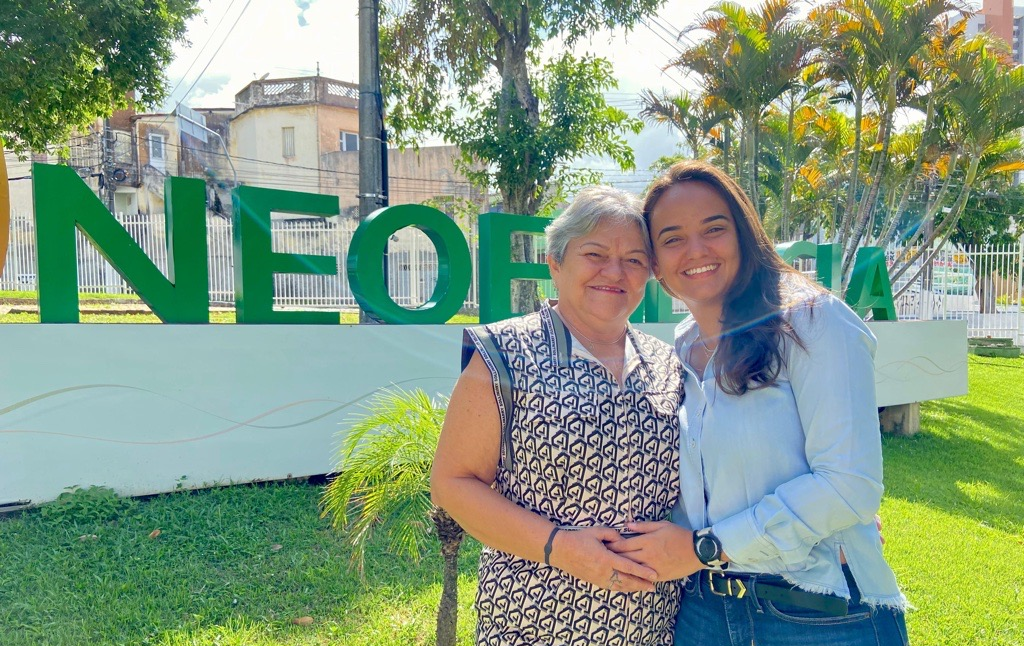- Produtos e Soluções
- Acionistas e investidores
Produtos e Soluções
Serviços

Dia das Mães
Nada se compara ao amor e à energia de uma Mãe. Nessa data comemorativa, confira histórias inspiradoras das nossas colaboradoras.

Mitos e Verdades
Conheça os mitos e verdades sobre transição energética e aprenda quais os benefícios do uso de matriz energética baseada em fontes renováveis.

Vale Luz
O Vale Luz é um projeto da Neoenergia que troca resíduos sólidos por descontos na conta de energia. Além de reduzir o valor da conta de energia, estimula o uso racional dos recursos naturais.
Notícias
Neoenergia conquista Prêmio Latam 2025 com projeto Voz do Cliente 360º
Instituto Neoenergia apoia chamada pública inédita de projetos culturais no Recôncavo da Bahia
GPTW 2025: Neoenergia está entre as melhores empresas para trabalhar do Brasil
Neoenergia conquista segunda posição no ranking geral do Índice de Sustentabilidade Empresarial da B3 2024/2025
Neoenergia alcança EBITDA de R$ 3,7 bilhões no 1T25 com alta de 6% em relação ao 1T24
Ilumina Social: Instituto Neoenergia lança pela primeira vez edital com foco em saúde e bem-estar
Nova campanha da Neoenergia celebra a potência feminina no esporte e reforça apoio às atletas embaixadoras da marca
Nova campanha da Neoenergia celebra a potência feminina no esporte e reforça apoio às atletas embaixadoras da marca
Instituto Neoenergia lança chamada inédita unificada de editais para apoiar projetos sociais
Neoenergia é reconhecida entre as empresas mais exemplares do mundo em sustentabilidade
Neoenergia lança campanha para fortalecer o relacionamento com o cliente
Neoenergia inaugura novo Centro de Monitoramento de Ativos da Transmissão em Campinas
Neoenergia anuncia parceria com Esporte Clube Bahia SAF para fornecimento de energia 100% renovável no mercado livre
Instituto Neoenergia cresce 25% em investimento social privado para cultura, biodiversidade, esporte e educação
Carnaval 2025: Neoenergia reforça operação para garantir segurança na rede elétrica
Neoenergia registra lucro ajustado de R$ 4,3 bilhões em 2024
Carlinhos Brown é destaque em campanha da Neoenergia para o Carnaval 2025
Campeã paralímpica de atletismo Rayane Soares é a nova embaixadora do Time Neoenergia
Neoenergia e Grupo CCR concluem acordo de autoprodução de energia eólica










